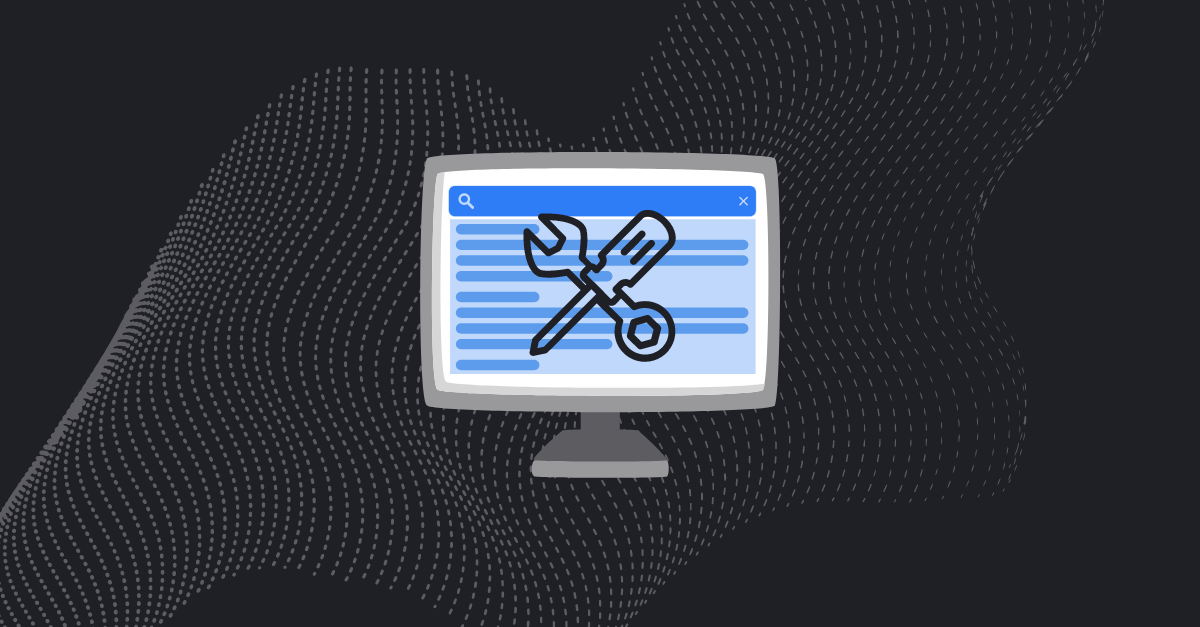Just revolutionary enough…to make a huge difference.
Organizations and industries everywhere are talking about the “digital revolution.” Why? Because it’s affecting the way they do business. And “revolution” isn’t hyperbole. Technology has transformed the way we work in an incredibly brief period of time.
But not all digital revolutions need to be earthshaking. Many small to mid-sized businesses are looking for their own small digital revolution. It will make the things they’re already doing easier and more efficient. Something that will help them visualize and sort data so that they can see the next actionable steps. Something that will get rid of tedious, repetitive tasks. They just need a small digital revolution that changes their part of the world in a remarkable way. They need something “just revolutionary enough.”
That’s what SPARK does. We’ve created over 100 custom software solutions for businesses of all sizes (from 2 to 200,000+ employees). We’ve worked across dozens of industries. Here are a few things we’ve learned…
You Don’t Need to Reinvent the Wheel
A key thing to keep in mind when thinking about a custom software project: you don’t need to reinvent the wheel. SPARK’s most successful custom software clients have used the best parts of their existing processes as a foundation for their software project. We then worked with them to develop software that increased their efficiency. It also helped them visualize their data to make smarter decisions.
So if you have paper or manual processes that are working (somewhat), great! We won’t reinvent them; we’ll just make them better.
Define Your Goals
The magic of custom software is that you get to tell it exactly what you want it to do. But you can only harness this magic if you’ve carefully defined your goals. It can help to start by thinking of “jobs to be done” or “problems to be solved.” Then try to imagine how a digital process could make those problems better. What would it look like?
Be sure to focus on the features that would have the biggest impact. The right software development partner will likely have some helpful suggestions. But no software development company will know your business as well as you do. So start things off right by knowing what you want your custom software to do.

The Three Most Common Custom Software Goals
Most custom software project goals fall into one of three categories: increase productivity, consolidate siloed databases, and improve employee experience.
1. Increasing Productivity
When your employees spend time on repetitive tasks, it costs your company money. They should be spending their time on high value tasks. Custom software enhances productivity by first standardizing tasks across business units. So, for example, everyone submits time reports using the same form. It then automates workflows using standard inputs and custom logic. Automating mundane tasks frees employees to spend their time on higher value activities.
Try to follow the principle of not reinventing the wheel. Different functional areas may have software that is already working for them. There could be ways to build integrations that tie them all together. This minimizes disruption and saves money. Similarly, it sometimes makes sense to include vendors and other business partners in your workflow. Integrations may be able to bridge the gap between their software and yours.
Sometimes custom software is necessary to accommodate a business’s growth. What worked when you were just starting up or what worked 5 years ago might now be limiting you.
2. Consolidating Siloed Databases
A unified database is critical to planning for the future. Every data point has value. Analyses made with incorrect or incomplete data might steer you in the wrong direction.
Custom software can help you bring siloed information into a single database. This includes unstructured data like scribbled notes or social media comments. The software can clean up the database and display it in a dashboard that allows all users to find what they need.
It also allows for tiered permissions. Custom software can make sure everyone has access to the information they need but not more.
3. Improving Employee Experience
Employee turnover has a high cost and the market for top talent is tight. Younger workers who have grown up with technology have little patience with slow processes. They don’t want to waste time on mundane tasks. 93% of them say up-to-date technology is one of the most important aspects of a workplace. When you’re competing for talent, having the latest technology is a competitive advantage.
If you want to learn more about how custom software can give you the mini-digital revolution your business needs, please reach out! We’d love to help you…











